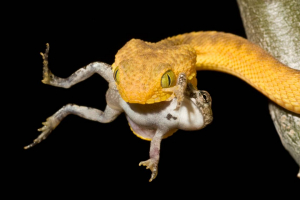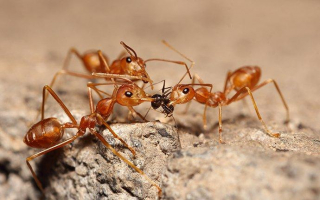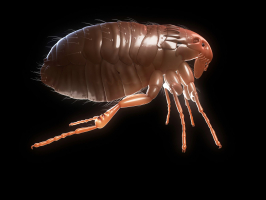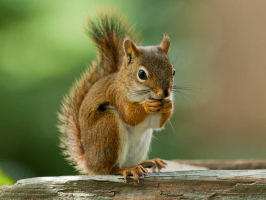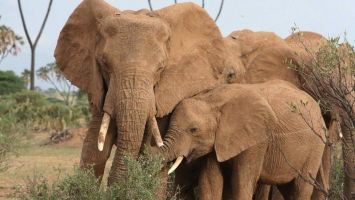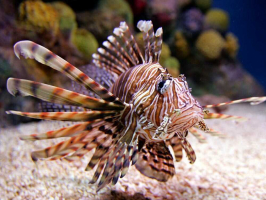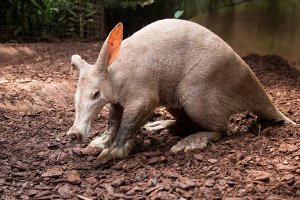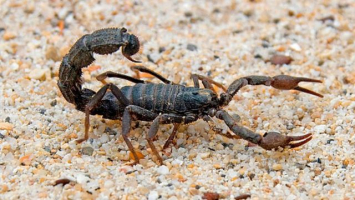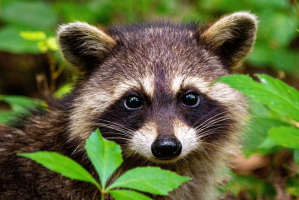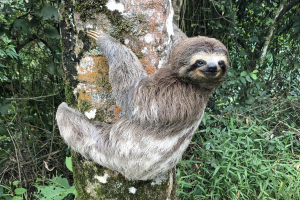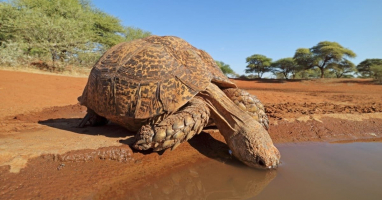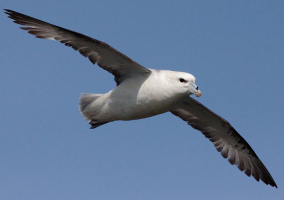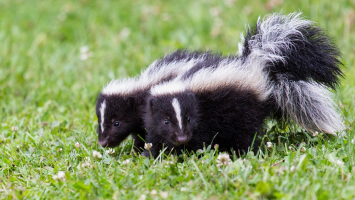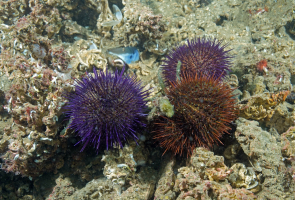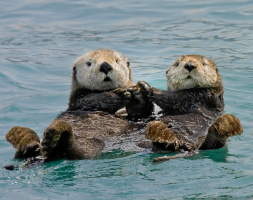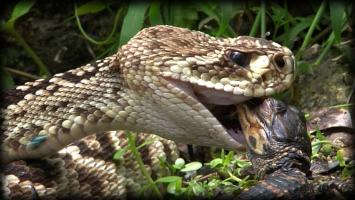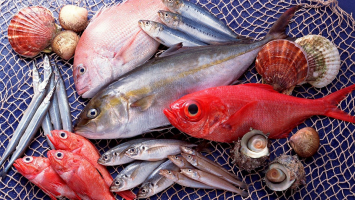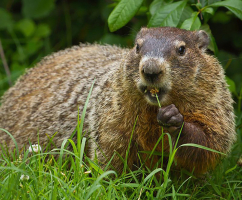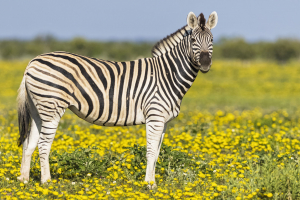Top 4 Predators Of Wasps that Eat Wasps
The sting of wasps, which are also known as hornets, is painful enough to deter the majority of predators. Wasps don't have to worry much about becoming prey ... read more...because of their striking black and yellow color, which is intended to fend off attacks. In the United States, there are various wasp species, and there are over 100,000 of them globally. They spend the majority of the day busy, and after dusk, they usually return to their nests. In the late summer and early fall, when colonies look for food to feed the queen during the winter, these pests are frequently seen flying around. Wasps encounter several challenges in their quest for food and survival, particularly those posed by predators that consume them. There are some predators of wasps that eat wasps you should not miss below!
-
Insects are the predators of wasps that eat wasps. Predators including dragonflies, centipedes, hoverflies, beetles, spiders, moths, praying mantis, and robber flies catch a lot of wasps.
Spiders use unique hunting methods to catch wasps. They hunt these insects using their webs, then slowly consume them thereafter.
Robber flies use their poison to paralyze and then devour wasps that have been stung by them. It's interesting how they capture these wasps as they fly.
For dragonflies, they use a variety of techniques to catch and consume wasps. As their prey swims or floats past them, they calmly lay down to watch them. Once they pass this stage, they extend their lower jaws to snare the wasps and then eat them. Adult dragonflies, on the other hand, hunt in a quite different manner. To eat their prey in midair, they fly with their mouths open.
A praying mantis consumes hornets and engages in violent combat with its victim. The mantis pounces on hornets as they fly by and holds them in place with its long front legs. Tragically, it pulls the hornet's head off to get to its brain, which it eats.
Sources: https://www.youtube.com/ 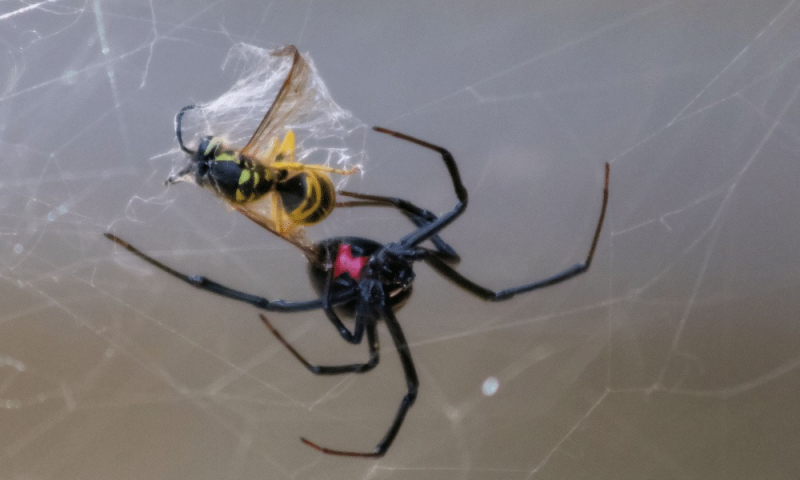
Photo: https://www.pestsbanned.com/ -
Several birds prey on wasps, and they are typically seen pursuing lone wasps like the mud dauber. Instead of social wasps, birds usually target solitary wasps. Social wasps send out an alarm pheromone that causes the other wasps in the nest to attack when they sense danger. These wasp species are often less aggressive and rarely sting. Additionally, they lack aggression and, by default, let their predators consume them without any resistance.
Wasps are eaten by a variety of birds, including chipping sparrows, gray catbirds, warblers, orioles, bluebirds, chickadees, and blackbirds, among many more. Nevertheless, during the breeding season, they return to their regular diet of fruits, nuts, berries, various insects, fish, and tree sap. When honey buzzards stick their heads into wasp nests for a portion of food, their dense face feathers exude sedatives to both protect them from stings and confuse potential prey.
In North America, warblers hunt mostly on flying wasps, and they are frequently observed doing so. Before eating wasps, these birds trap them inside with their wings or by snapping their beaks shut.
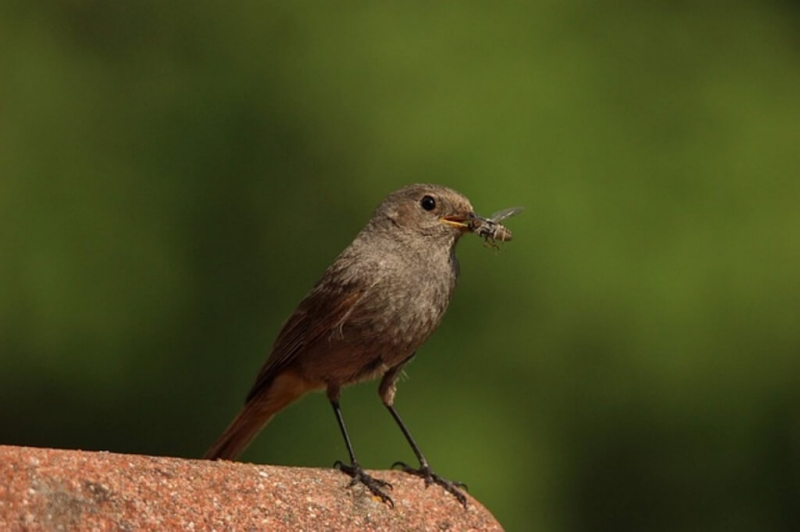
Photo: https://learnbirdwatching.com/ 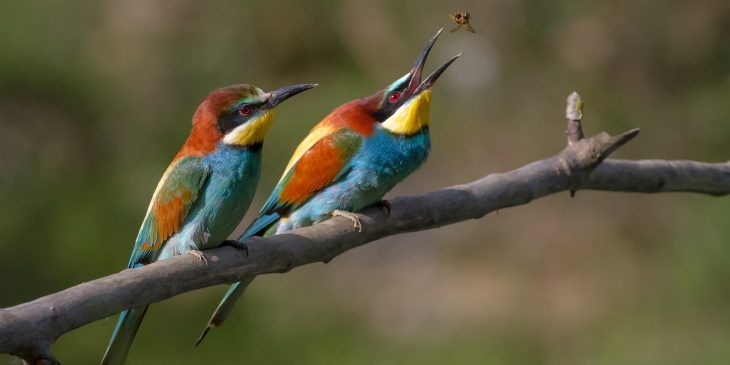
Photo: https://www.featheredphotography.com/ -
Mammals are the predators of wasps that eat wasps too. Many mammals eat wasps, including honey badgers, black bears, mice, weasels, and bats. Since honey badgers are carnivores, one might see trash and pieces of comb scattered across the woods during the summer as a result of their rampage against wasps.
For destroying beehives in quest of the honey and bee larvae within, honey badgers are well-known and given their name. However, honey badgers are unafraid of any food source, and wasp larvae are just as delectable as bee larvae. The honey badger also called a ratel, eats small mammals, carrion, various insects, and birds.
The black bear, another animal with a preference for honey, also eats wasps and their larvae. Black bears consume honey, just like honey badgers, but they primarily raid beehives and wasp nests to eat insects and larvae, which are more nutrient-dense and high in protein. They consume a wide range of other food sources in addition to different kinds of wasps, such as fruits and berries, small animals, carrion, birds, eggs, reptiles, and amphibians.
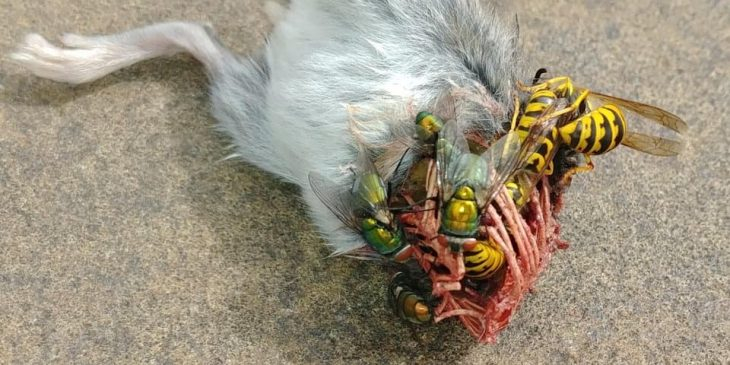
Photo: https://progardentips.com/ Source: https://www.youtube.com/ -
Other than insects and animals, wasps are at risk from chemicals, carnivorous plants, and other things. Wasps are crucial to the ecology as pollinators, predators, and decomposers. Thus, a wasp poses no danger.
You might be familiar with carnivorous plants. The sundews and pitcher plants are arguably the most well-known of these. Different kinds of carnivorous plants use various tactics to catch and eat their insect prey.
Only Asian hornets, not other wasps or bees, are selectively eaten by one species of pitcher plant, Sarracenia. The native bee population in France is now threatened by the invasive Asian hornet. Asian hornets are drawn to the nectar and pheromones of this particular pitcher plant. The hornets land on the pitcher-shaped leaves' outside rim and then crawl inward until they stumble and fall far within the leaf, where they are digested.
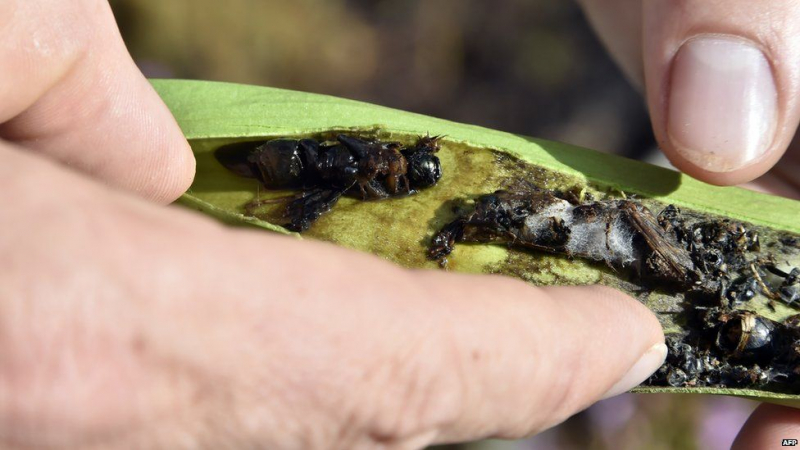
Photo: https://www.bbc.com/ 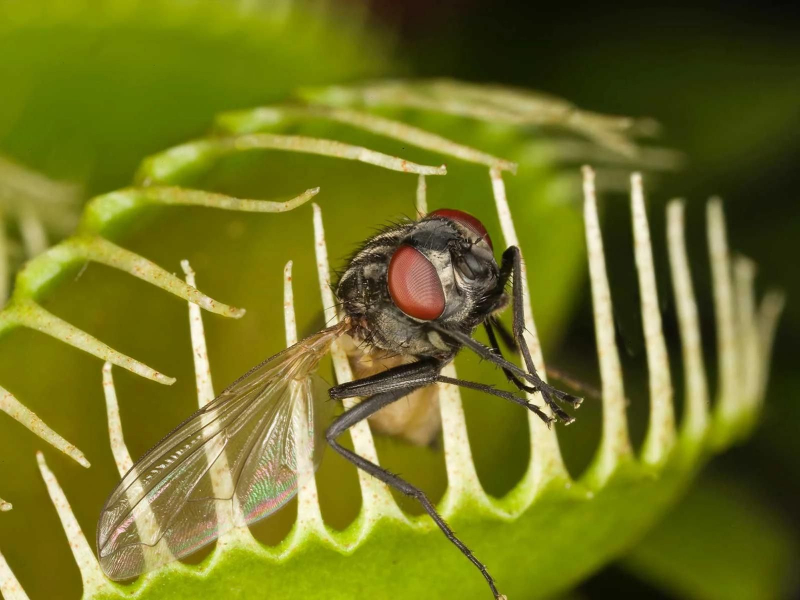
Photo: https://www.smithsonianmag.com/






